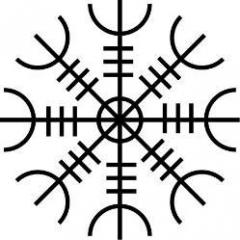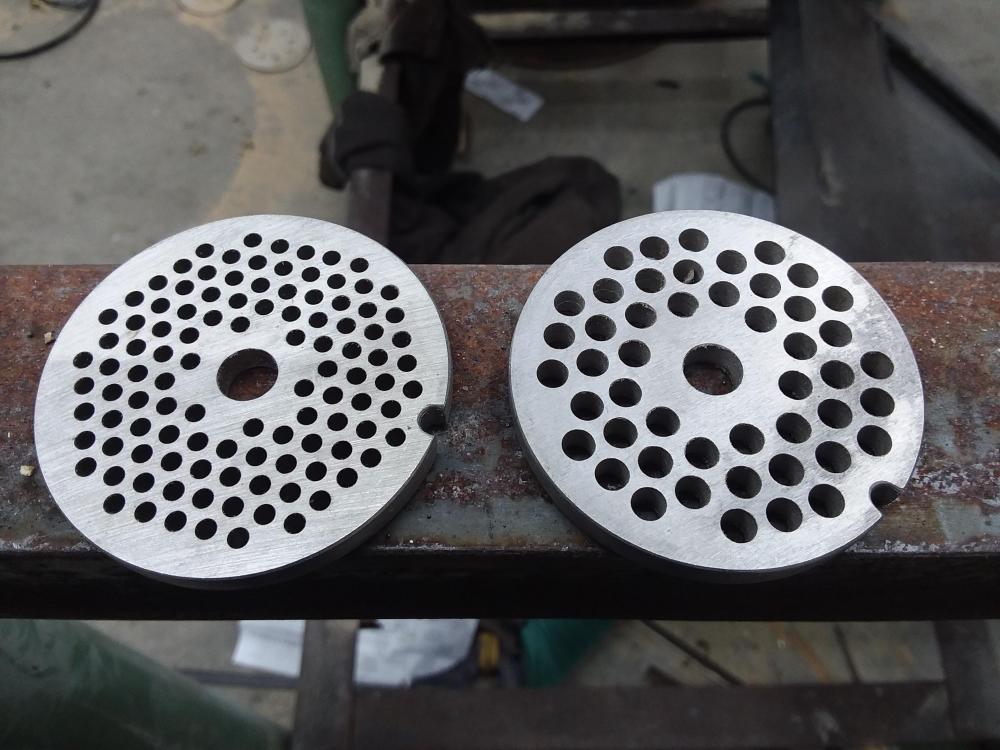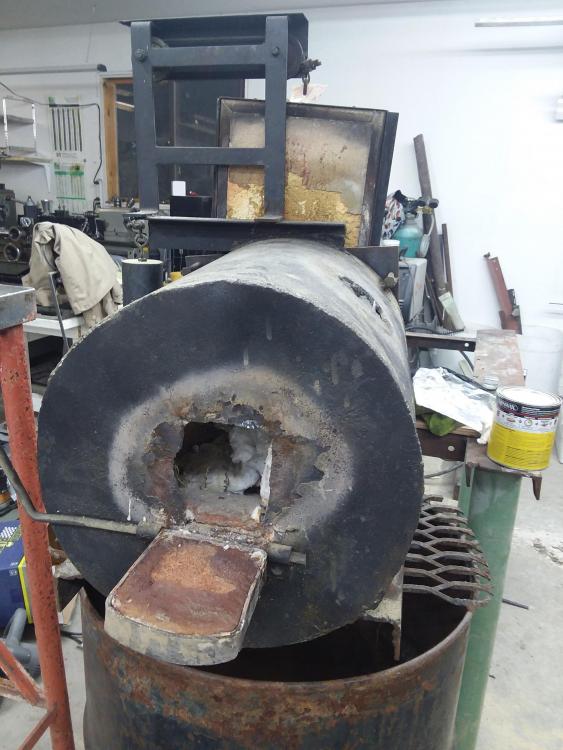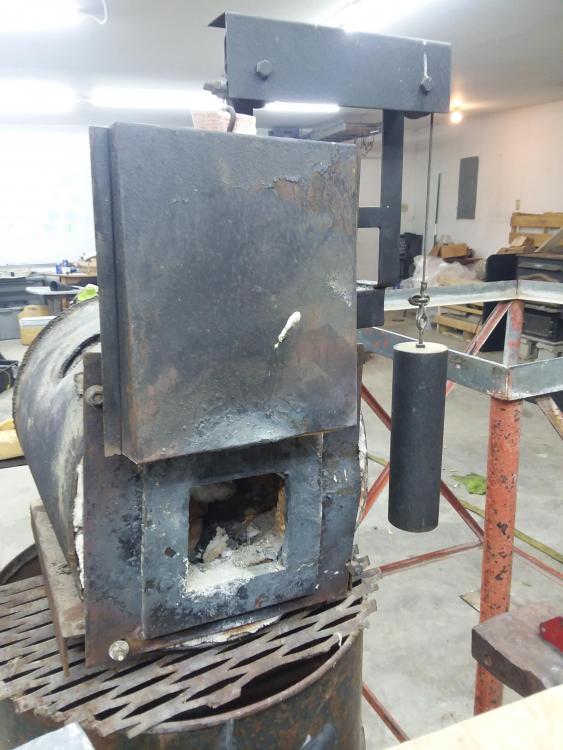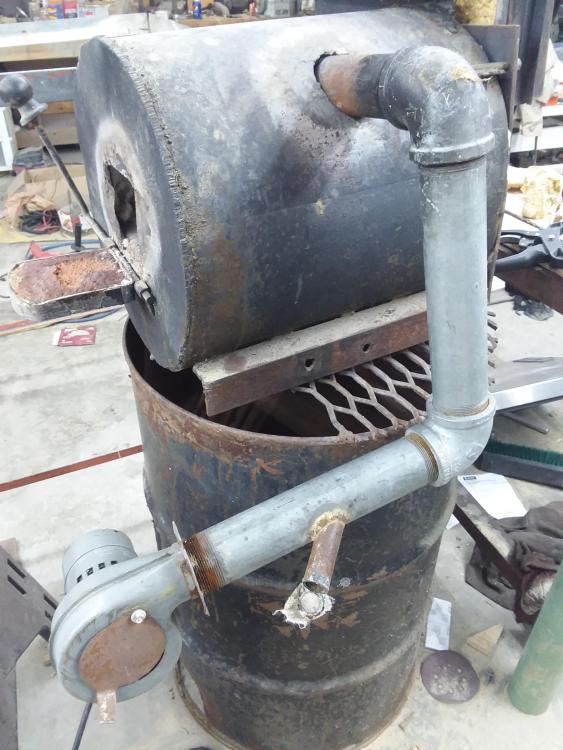
BingVision
Members-
Posts
8 -
Joined
-
Last visited
-
Agreed, tactile experience paired with experienced supervision is my favorite way to learn. Sometimes I admit, I get into moods where I like to figure things out for myself. I live in WY, so there is no shortage of smiths who like sharing their knowledge...for better or worse. I am just antisocial and enjoy my privacy, hence the hesitation to disclose my location. Silly, maybe...but I am who I am. And in regards to the coal forge, yep, built one of those, it worked but finding coal out here is quite a logistic endeavor that isn't worth it to me. Mikey, I am not sure if you saw the scavenged pieces I was planning on using, but am I correct in thinking having some sort of ribbon/diffuser on the end of my flare is better than an open tube? I know the true ribbon burners are traditionally rectangular, but my pipe is 2" diameter going tangentially into the forge. Would having one of those pieces on my flare accomplish a similar benefit as having the true ribbon burner? Or am I using the terminology incorrectly maybe?
-
Western US of A. Thomas, thanks! That makes alot of sense.
-
Awesome, i was a little concerned about flashback, like with cutting torches, and was curious why none of the builds i have seen include flashback arresters. I am wondering if they are built into the high pressure regulators or just not necessary on something like this. Also, i was wondering about the flare design. Most forced air builds I have seen use some form of ribbon/diffuser at the business end of the burner. The current setup has no diffuser/ribbon, it is just an open tube. I have some scavenged parts that are practically built for this application (See Photo), i am just not sure which one to use, or if the ribbon/diffuser piece makes no difference in the performance of the burner and would be wasted effort. Thoughts? The smaller holes are .120" and the larger holes are .205". Both are stainless steel (316L I think)and i would be turning the OD down to proper size for the pipe if one of these get used. Thanks again for all the input!
-
Thanks, solid advice. I have worked in a number of very dangerous industries, and the fundamentals of safety always apply regardless if is being a machinist, a millwright, mechanic, framer/roofer, welder/swamper, all of which I have done. It seems that it is those fundamentals that are always somehow overlooked when avoidable accidents occur. (Like exploding molten lead into both eyes! Yeah, not my brightest moment) So, a friendly reminder is always welcome! Thanks again!
-
Bing, Boink, Bonk, call me whatever you like, Tony would work too. Wise words Deimos, and I completely agree. Being smart enough to know the risks of an undertaking, and seeking knowledge in order to mitigate those risks, is all I am shooting for.
-
I really appreciate the willingness to help, and the more I learn about how the fuel/air apparatus works, the more confident I will become. I look forward to the journey. So, is there something in particular I am worried about? Yes'sir, my lack of knowledge about the tools I have aquired, how they work, and how to safely use them.
-
Mikey, honestly, ignorance and a small dose of the "ooh shiny" disease. I have been doing research for a few weeks and may have developed some "forge envy" seeing some of the slick setups the more seasoned smiths have built. Also, i tend to err on the side of caution, and considering the history of the previous owner...well, it wouldnt be hard to figure out where my hesitation come from... To coin a slicker moniker, BiNg! will suffice. In regards to my location, i prefer to keep that to myself. No disrespect, and no disrespect to the NUMEROUS smiths in my area, even the previous owner of my forge. He is a talented smith and has been doing this along time. I have heard some wild stories about oversights leading to mishaps, so i am hesitating due to my own ignorance, as well as my own mishaps which lead to injuries, not his knowledge or ability. Call it being gunshy, a pansy, whatever you may, but almost losing your eyesight from being stupid/complacent really "opens your eyes" pun definitely intended...
-
Hello everyone, So I caught the itch for beating on hot metal as a kid and finally have started gathering supplies to begin my trip down the rabbit hole. I managed to horse trade my machining/lathe skills for an old home built gas forge which needs some serious love. Outer dimensions are 16" diameter x 18" long with a 4"×4" fold down door in the rear and a roughly 7" x 8" front door with a counter weighted, pulley operated door. The burner pipe is 2" i am guessing... (2.25" OD x 1.875" ID) The refractory is shot and will be replaced soon with new floor bricks and kaowool around the sides, and coated with refractory cement. The burner unit looks sketchy as all get out and I am not inclined to blow myself up anytime soon. Maybe it is just fine, but i don't like taking chances with safety. It appears as if a "jet" of some kind was just stuck in that angled pipe in the picture maybe? I am no stranger to redneck engineering, but not with flammable gasses... I am planning on doubling the thickness of the refractory on the walls up to 4" roughly. I am curious how to keep this as a forced air setup and a single burner if possible. But I am lacking knowledge on making this burner safe to operate and relatively fuel efficient. Adding an emergency shutoff solenoid seems wise, as well as a temp probe, and pressure gauge. Take a look at the pics and tell me what you think! Any and all input/advice is greatly appreciated in advance!
